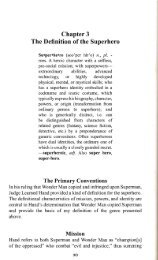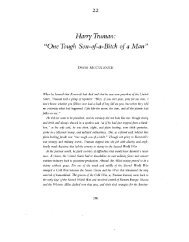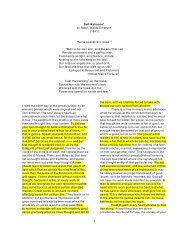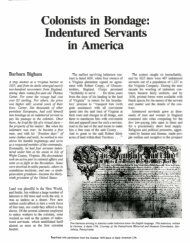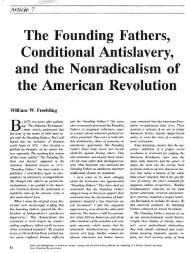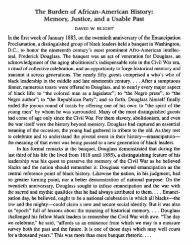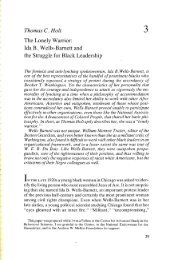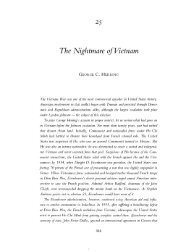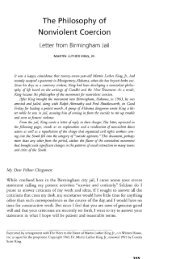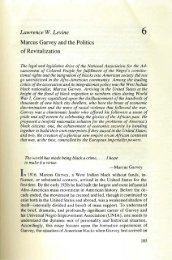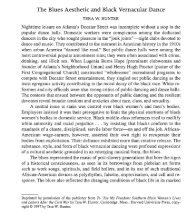Mary - Journeytohistory
Mary - Journeytohistory
Mary - Journeytohistory
Create successful ePaper yourself
Turn your PDF publications into a flip-book with our unique Google optimized e-Paper software.
288 From Slavery to FreedomOnly two whites joined the six blacks in voting against the constitution of1895.The story was essentially the same in Louisiana in 1898 when a new device,the "grandfather clause," was written into the constitution. This clausecalled for an addition to the permanent registration list of the names of allmale persons whose fathers and grandfathers were qualified to vote on January1, 1867. At that time, of course, no blacks were qualified to vote inLouisiana. If any blacks were to vote, they would have to comply with educationaland property requirements. Booker Washington attempted to prick theconscience of Louisiana Democrats by writing them that heThe "grandfatherhoped the law would be so clear that "no one clothed withclAuse" inLouisianastate authority will be tempted to perjure and degrade himselfby putting one interpretation upon it for the white man andanother for the black man." Blacks led by T. B. Stamps and D. W. Boatner appearedbefore the suffrage committee and admitted that a qualified suffragemight remedy demoralized conditions, but they pleaded for an honest test,honestly administered.By 1898 the pattern for constitutional disfranchisement of blacks had beencompletely drawn. In subsequent years other states followed the lead of Mississippi,South Carolina, and Louisiana. By 1910 blacks had been effectivelyBlac!,disfranchised by constitutional provisions in North Carolina,disfranchiscmcnt Alabama, Virginia, Georgia, and Oklahoma. The tension arist1mmghoutthc ing from campaigns for white suffrage sometimes flared up intoSouth and violent race wars. In Wilmington, North Carolina, three whiteresulting liots men were wounded and eleven blacks killed and twenty-fivewounded in a riot in 1898. In Atlanta, there were four days of rioting after anelection in 1906 in which disfranchisement was the main issue. Robbery, murder,and brutality were not uncommon during this period.For the cause of white supremacy the effect was most salutary. In 1896there were 130,344 blacks registered in Louisiana, constituting a majority intwenty-six parishes. In 1900, two years after the adoption of the new constitution,only 5,320 blacks were on the registration books, and in no parish didthey make up a majority of voters. Of 181,471 black males of voting age in Alabamain 1900, only 3,000 registered after the new constitutional provisionswent into effect. On the floor of the Virginia convention Carter Glass had saidthat the delegates were elected "to discriminate to the very extremity of permissibleaction under the limitations of the Federal Constitution, with a viewto the elimination of every Negro voter who can be gotten rid of, legally, withoutmaterially impairing the numerical strength of the white electorate." Thisgoal was accomplished not only in Virginia, but in every state in which whitesresorted to such means. W. E. B. Du Bois offered a terse explanation of theevents that eradicated all vestiges of Radical Reconstruction: "The slave wentfree, stood a brief moment in the sun, then moved back again toward slavery."The South universally hailed the disfranchisement of blacks as a constructiveact of statesmanship. African Americans were viewed as aliens whose



